If you had told me in 1994 that, with the passage of three decades, Draped Bust Dollars grading G4 would be $1,000 coins while a generic Saint-Gaudens Double Eagle in MS63 could notch $2,000, I’d have probably bought more Draped Bust Dollars and Saint-Gaudens 20s way back then.
Ah, but if only…
In 1994, I was 13 years old growing up in a working-class household, and my allowance and holiday gifts were just enough to afford the completion of my first circulated 20th-century type set. Don’t get me wrong, I wanted a circulated Draped Bust Dollar and “Saint” for my collection, but they were $350 to $500 coins in those days – way out of my league. I was perfectly content with my 20th-century type set – something I still own today (with a few upgrades).
As a collector, I’ve since bought and sold a handful of Draped Bust Dollars and Saint-Gaudens Double Eagles, which I have long believed symbolize an area of the market that bridges the gap between more “affordable” coins and mid-market material – pieces that traipse into four-figure territory. These and a few other four-figure blue chips, like moderately circulated 1955 Doubled Die Lincoln Cents, 1916-D Mercury Dimes, and 1889-CC Morgan Dollars, are good plot devices in any review of the coin market over the past few decades. They all see frequent market activity, are coveted by scores of collectors, and have shown solid performance over the last 30 years, despite economic hiccups in our industry and our national economy.
Amazingly, all those coins I just reeled off could be bought for mid-three-figure prices in the mid-1990s. Maybe they weren’t boasting Mint State grades at that price point, but decent circulated specimens were surely available in the range of $350 to $500 apiece. What happened? Some may cite inflation, but that’s too simplistic of an answer.
By the mid-‘90s, the market had hit bottom after suffering major losses in the wake of a bust cycle that began when hedge funds and other big-time investors – many with a lot of disposable income but no numismatic background – bailed out. Many dealers who are now in their 50s, 60s, and 70s will share plenty of stories about the “good times” in the late 1980s. That was when droves of investors who had become leery of traditional investments amid the stock market crash of 1987 and savings-and-loan failures at the time gravitated to alternative assets they could touch and hold.
Some turned to investing in wines, cars, and art. Others preferred coins because of their allure as tangible investments boasting precious metals and real rarity. Serendipitously, PCGS had come along in 1986 and had made coins easy, safe, and fun for people to buy and sell sight-unseen. So, PCGS-graded coins were directly involved in this late-‘80s market boom in an incalculably significant way. By the time outside investors had left the scene for other investment pastures in the waning months of 1989 and into 1990, PCGS had become an established force in the numismatic marketplace.
I came into the hobby a couple of years later, completely oblivious to the market dynamics of the previous five years. Unbeknownst to adolescent me at that time, my first couple of years in the hobby probably dealt the best buying opportunity I will have ever seen as a numismatist. So, do I regret not having bought more of the blue-chip coins that I so love? From a purely financial standpoint, sure. But I was perhaps more Dennis the Menace than Richie Rich, so I really can’t get too dejected about not buying more $500 coins in those days, can I?
Nor should you, especially if you hadn’t the funds nor numismatic knowledge to make those buys 30 years ago. Yet what we all can gain from looking back is some wisdom. The market goes up, the market goes down, but blue-chip coins remain resilient. Something else I have learned from watching the market over the last 30-plus years is that even blue chips have their grey days. Things got a little dicey as the Great Recession pushed many to hold back on spending – whether for collectible coins, fancier cars, or second homes. But just like real estate and the automotive industry, the numismatic sector also saw better days in the decade or so that followed, especially over the past three to four years as countless people around the world have doubled down on their numismatic pursuits.
We don’t know what the market has in store for 2024, especially with so many variables at play on the home front and abroad right now. However, what 30 years of market observations has also taught me is that solid-quality coins tend to ride the waves with their heads above the water. But buy them only if and because you like them, not because you think you’re going to retire with the check you receive after selling them. Because as we’ve also seen over the years coin prices don’t always go up. Nevertheless, if you like what you have in your collection, regardless of its value, you’ll always be happy.


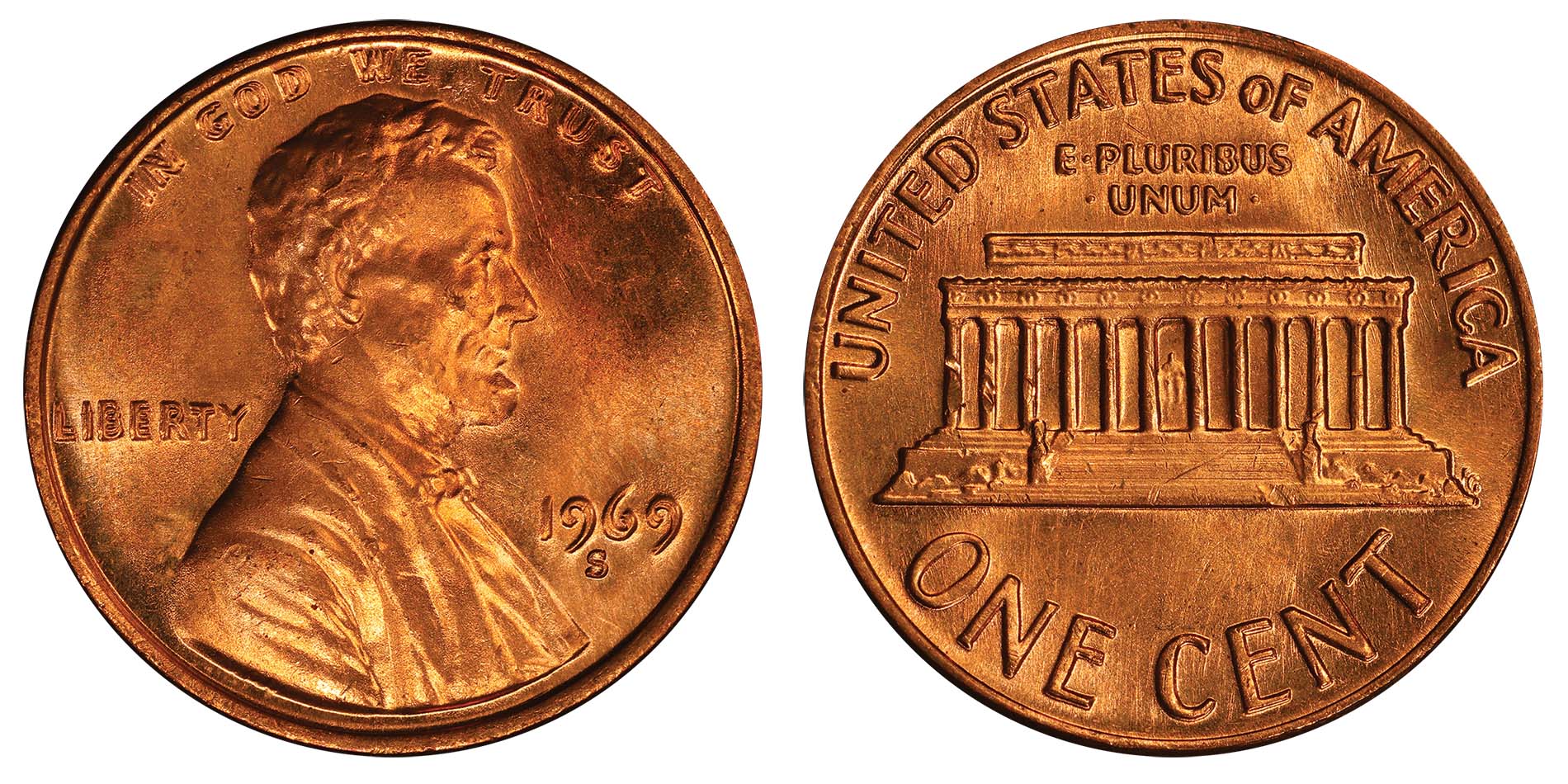
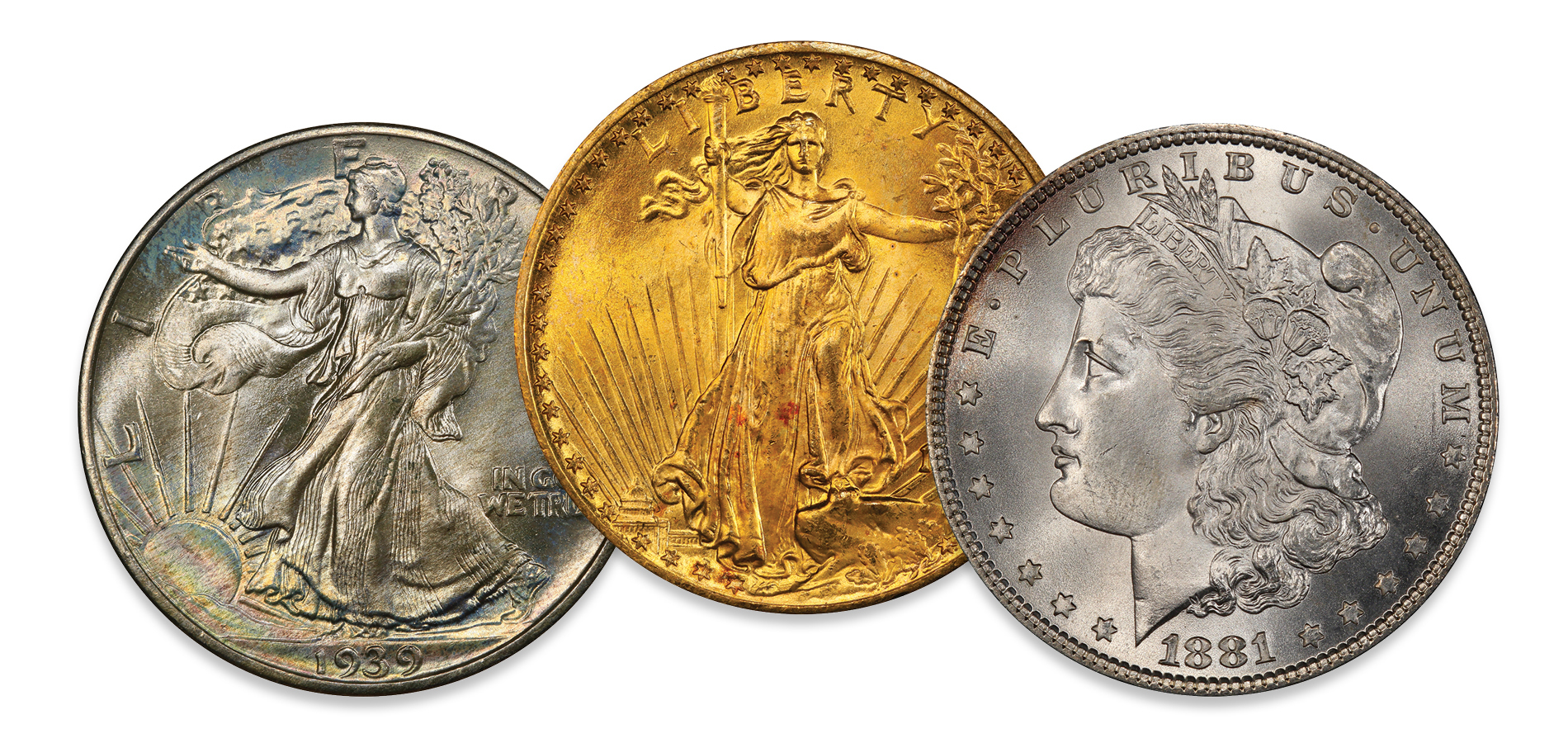


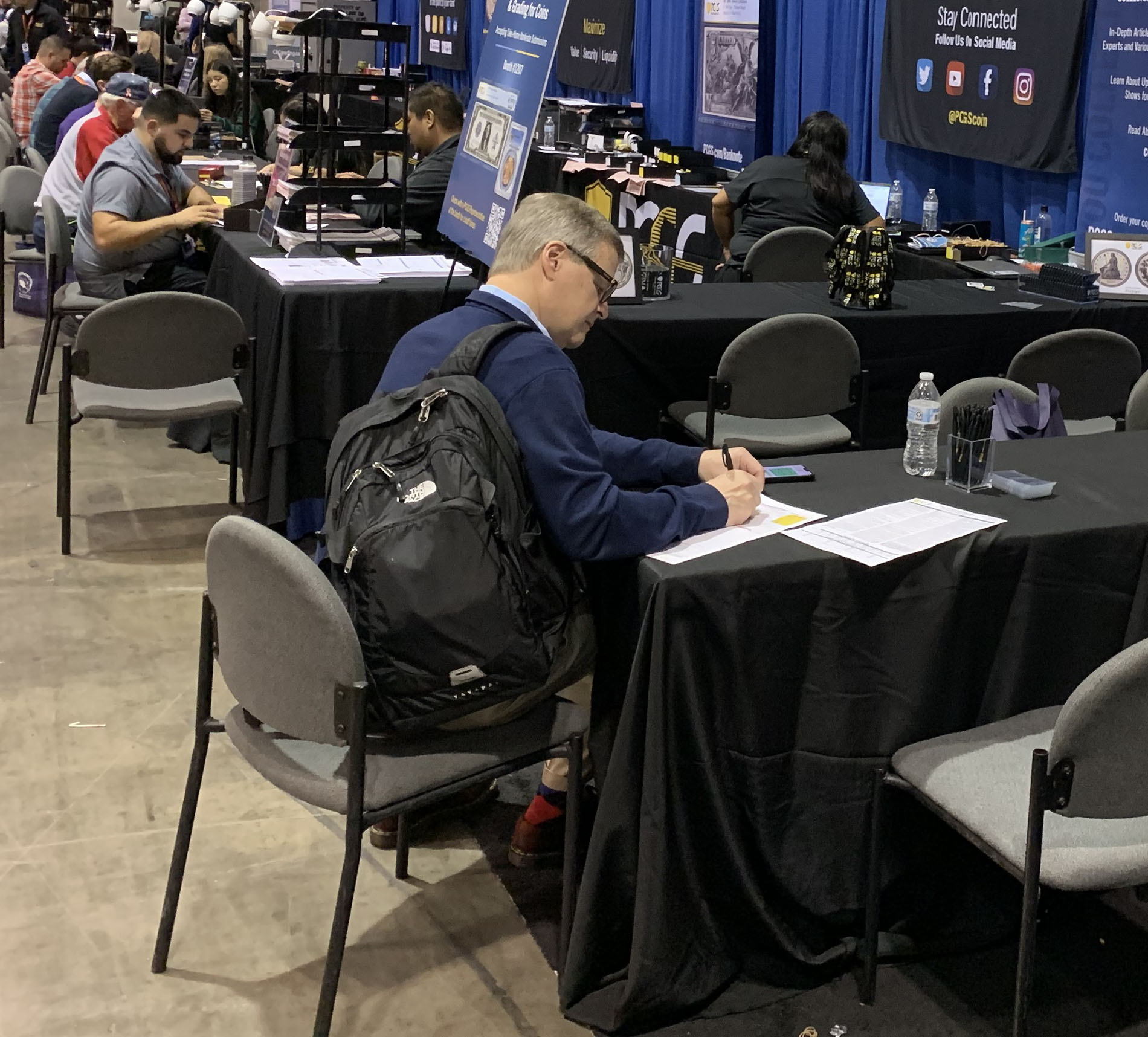
 Copper & Nickel
Copper & Nickel
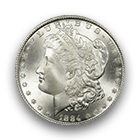 Silver Coins
Silver Coins
 Gold Coins
Gold Coins
 Commemoratives
Commemoratives
 Others
Others
 Bullion
Bullion
 World
World
 Coin Market
Coin Market
 Auctions
Auctions
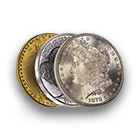 Coin Collecting
Coin Collecting
 PCGS News
PCGS News